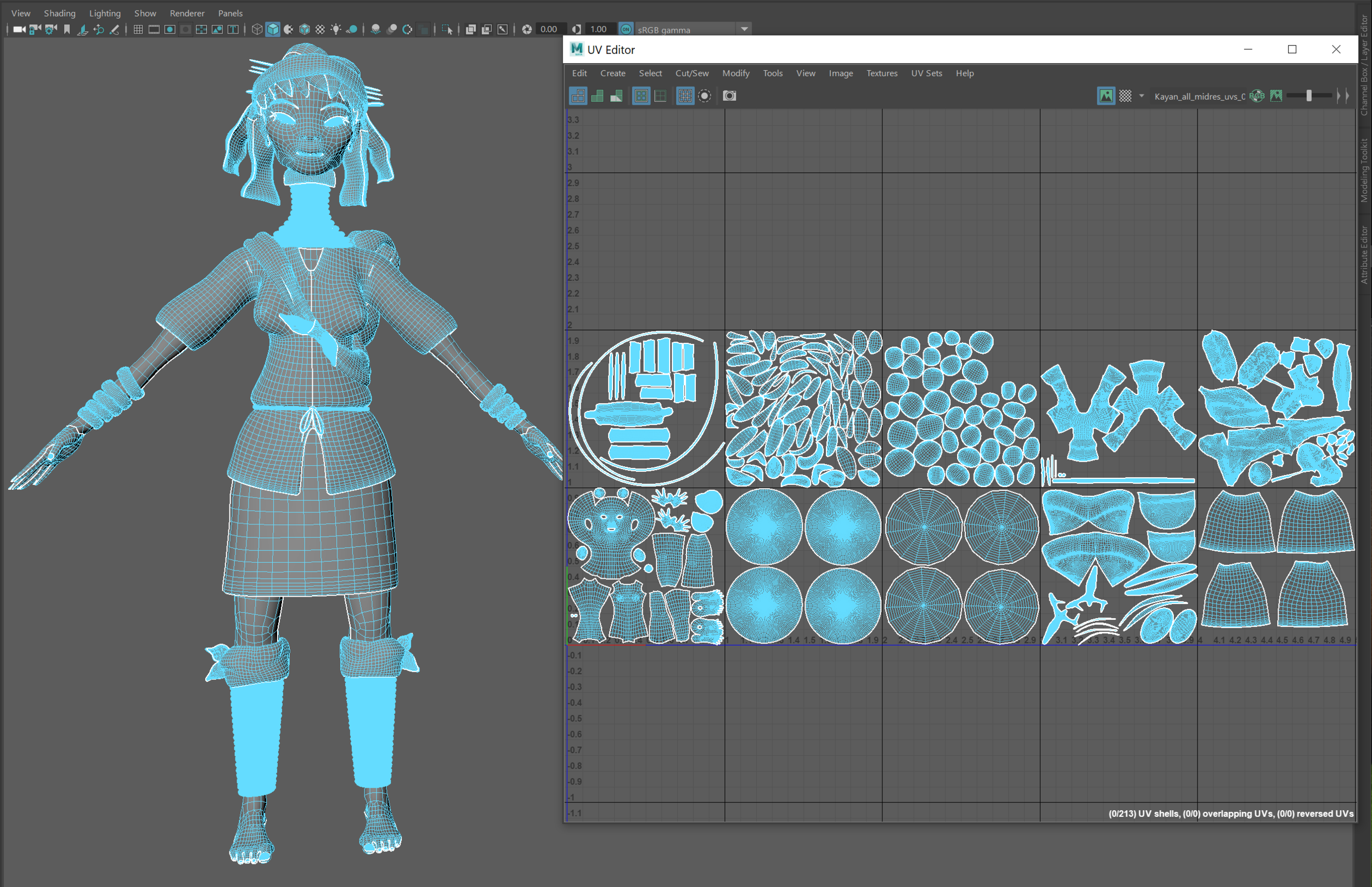Graduate Thesis: Asian Representation in Western Animation: Modeling Stylized Anatomical Features
Blurb:
One of the best things about graduate school is meeting new people, learning from others, and having the time to research something I’m passionate about. This year and a half long project taught me new perspectives, respect, and admiration for these 3 Asian Minority characters. I think these 3 qualities are key to being a successful Character Designer or Modeler or Texture Artist. We hold the privilege to visually represent various people on screen based on our research and our observational skills; not to categorize or biasedly distinguish real people, but to represent unheard voices. Truly, this is something I love that the Animation Industry is doing right now.
Abstract:
Asian cultures in modern Western animation are usually not accurately represented due to the choice of mixing cultures from the various countries found within the continent of Asia as opposed to focusing on a single, specific culture. As a result, the audiences are presented with films showcasing piecemeal fragments of Asian culture without authenticity. Of all the Asian cultures represented in Western animated films, three specific types are usually represented: Chinese, Japanese, and Pacific Islanders. With the overuse of these specific Asian cultures as resources for inspiring Westernized animation, there is a lack of representation for other various Asian cultures, specifically Asian minorities such as Hmong, Tagalog, and Kayan. This thesis will discuss the importance of concentrating on specific features such as anatomical and traditional cultural dress of a few Asian minorities through 3D character modeling in order to enhance the accuracy of their respective representation in Western animation to visually describe their narratives.
Rendering: Setting Textures, Lighting, & Rendering Final Work
Hmong: The Hmong people are an Asian minority without a country of their own, however many live in areas of China, Thailand, Laos, and Vietnam.
Kayan: The Kayan people are originally from Burma (now known as Myanmar) but are now located at the border of Thailand.
Tagalog: The Tagalog people are more broadly known as the Filipino people from the Philippines.
Production: Modeling, UVs, and Texturing Stylized Asian Minorities
Texturing with Substance Painter
Hmong
Kayan
Tagalog
Uving in Maya
Digital Sculpting in Z-brush
Hmong
Kayan
Tagalog
Pre-Production: Discovering Stylized Minorities
Hmong (China, Laos, Thailand, Vietnam)
Finalized 2D Concept by: Mandy Le (https://mandyleart.com/)
Collaboration 2D Concept by: Mandy Le, Stacey Suss, Jihyun Lee
Kayan (Myanmar, border of Thailand)
Finalized 2D Concept by: Jihyun Lee (https://www.jihlee.com/)
Collaboration 2D Concept by: Mandy Le, Stacey Suss, Jihyun Lee
Tagalog (Philippines)
Finalized 2D Concept by: Stacey Suss (https://www.staceysuss.com/)
Collaboration 2D Concept by: Mandy Le, Stacey Suss, Jihyun Lee
Initial Reference Images
These are some of the reference images I researched to explore the various facial structures, body shape language, and traditional clothing of each Asian minority culture I focused on when developing my thesis.


























